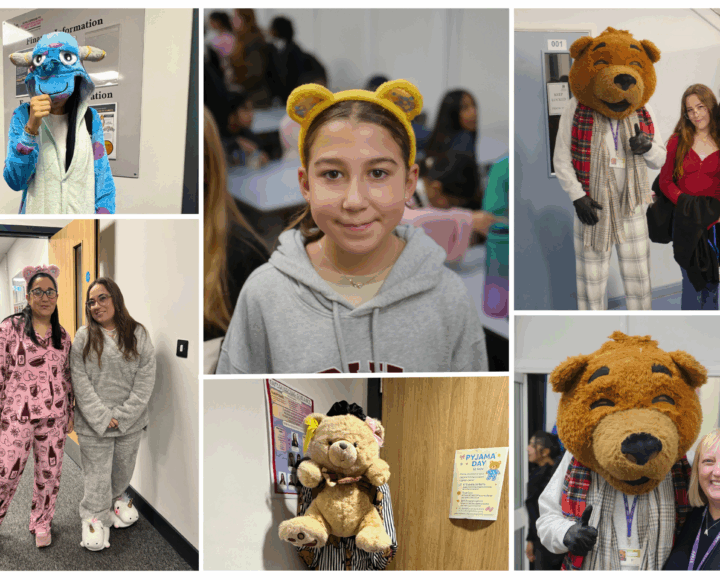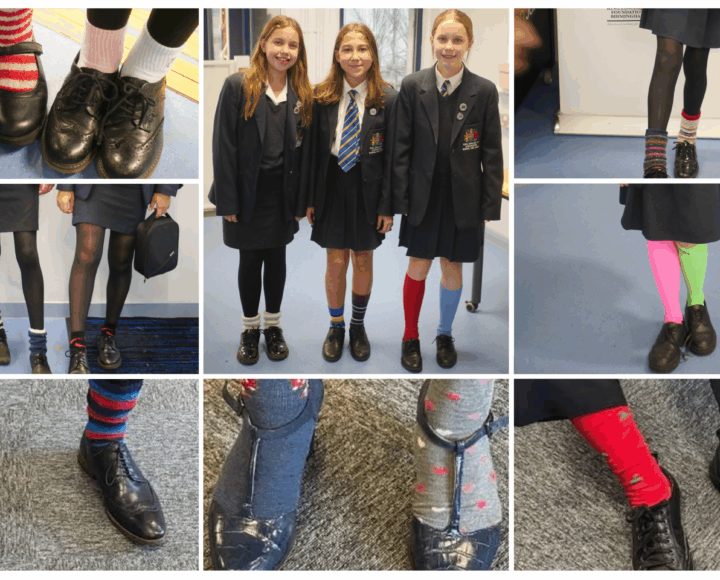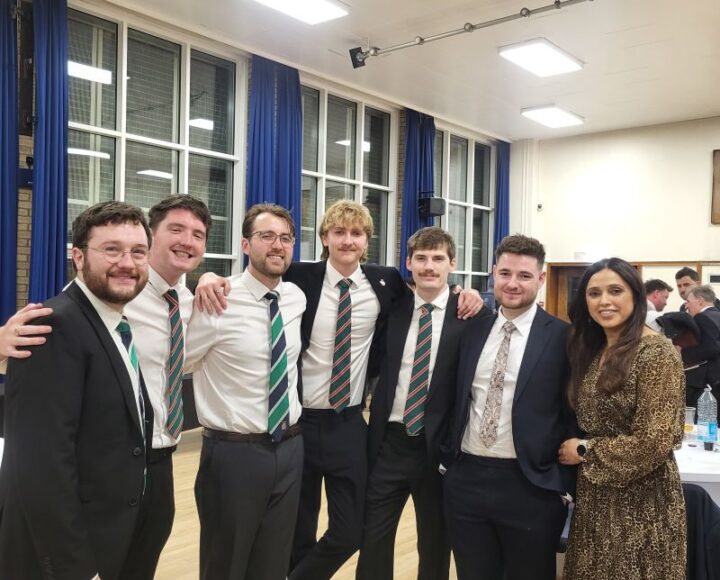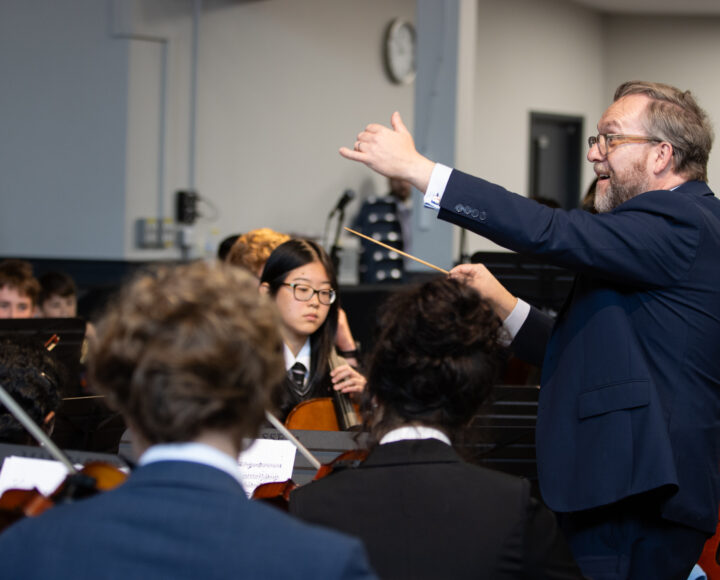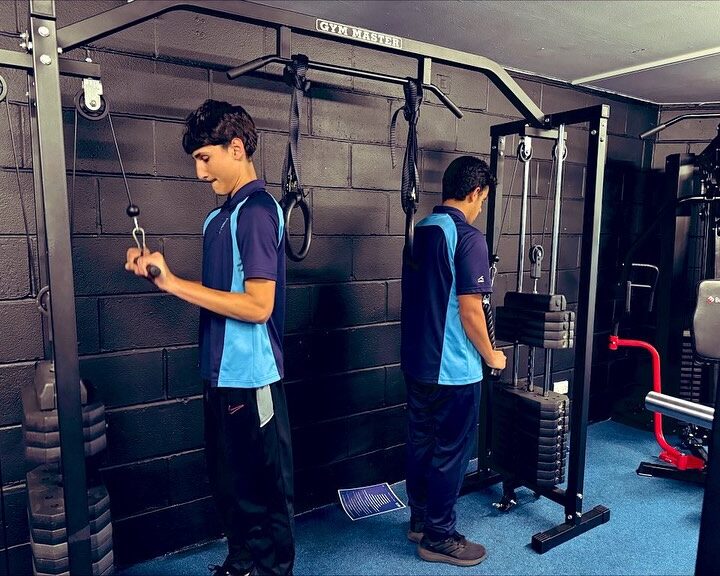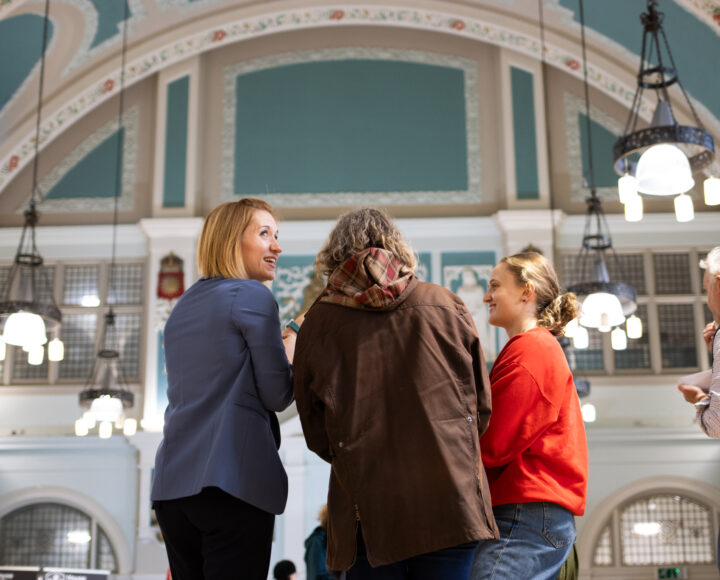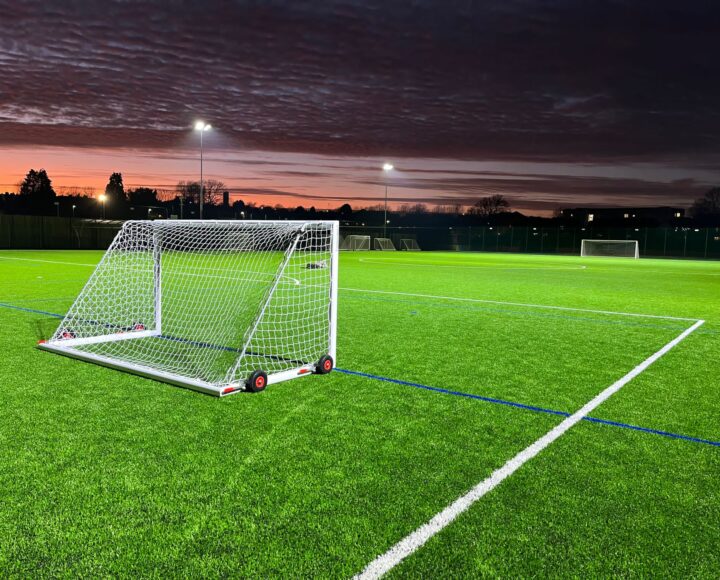In this blog we hear from Zach, a student from Bishop Vesey Grammar School who spent a week in the Foundation archive on work experience…
When my school announced that we were to find work experience a few months ago I was unsure where I should apply to. I am very interested in history and linguistics and want to apply for Anthropology and Archaeology at university, and so I looked for places which would provide skills that would be beneficial to my personal statement. I first looked at Birmingham Museums, however they were not accepting volunteers at the time. I continued searching through the undergrowth of internet articles, hacking my way through them with a machete of dismissal, to no avail. That was, until I began looking at archiving opportunities, and with that my dad suggested I ask the archive at the KEVI Foundation.
And so, with a magical fast forward in time, I arrived at the KEVI Foundation Office staring into the maw of the building. I nervously knocked on the door and was let into the beating heart of the Foundation, believing it to contain the rumoured creatures known only as “Archivists”. After I signed in I was greeted by Charlotte, the Foundation Archivist – who isn’t at all scary – and led to the archive office. After I was introduced to most people in the building, including the Project Archivist Rachel, I was shown around the archive which contained lots of fascinating old things (though not any zombie headmasters as I was disappointed to hear), such as CCF rifles and paintings of notable figures from the Foundation’s past (their eyes only follow you around the room occasionally).
With my tour done, I was tasked with indexing names of students in KES sports team photographs and adding them to their catalogue entries. This allows researchers to find a particular student in a team photograph (e.g. https://kevi.epexio.com/records/KES/G4/RU/5/5). I started off strong, getting through about four photos in a couple of minutes, until I hit a roadblock. Handwriting. If you spend five minutes deciphering a person’s handwriting from the early 1900s you’d wish you could go back in time and give them a stern talking to. I was filled with rage at this long dead scribe, until Rachel suggested I turn the photograph around, where printed versions of the names were provided. I also remembered the state of my own handwriting and began to worry that someone with access to time travel from the future was going to come back to attack me. Then suddenly the day was over, and I was on the train back home.
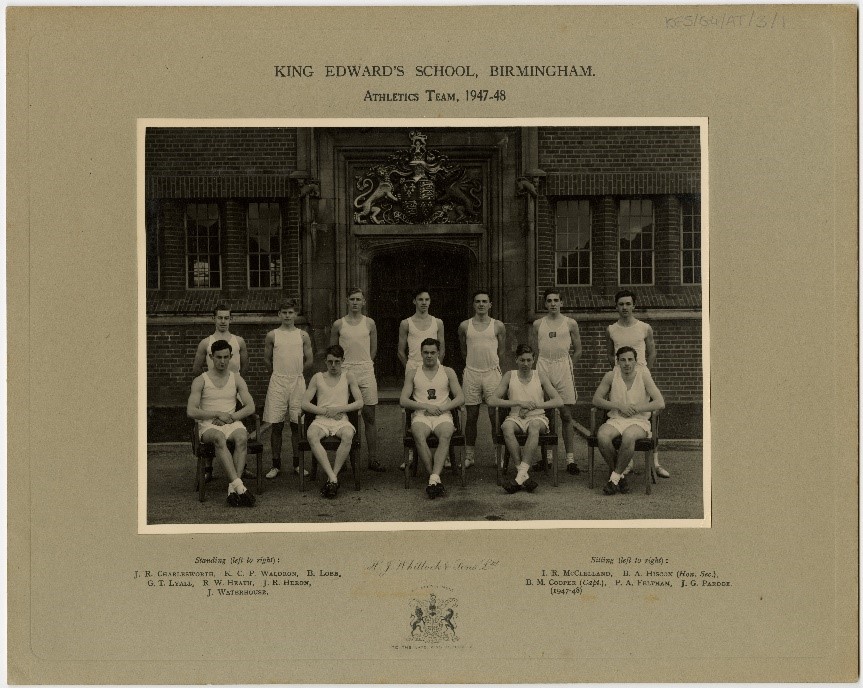
Athletics team photograph 1947-1948, with the students names neatly printed beneath
On my second day I put my research skills to the test with enquiries. The first enquiry was about an ex-teacher at KEHS, Dame Dorothy Brock, where I searched the digital archive (SKESwitchboard | Digital Archives (kingedwardsvi-foundationarchives-switchboard.org)) trying to find mentions of her in the school magazines. This was very fulfilling as I glimpsed what life was like for students and teachers alike in the early 1900s and was interested to see that sometimes teachers played alongside students in sports. The next enquiry was looking for any mention of an A. P. Newton in the archives, however after searching through the digital archive I could not find him. This was not entirely a failure for me, as I read some more interesting school magazine articles.
After the enquiries I had another go at palaeography (reading old handwriting), which I thought I would hate due to my previous struggles, but ironically the documents from the 1700s were slightly more legible than from the 1900s. After I indexed names of KES students who’d been awarded exhibition certificates (grants from the school for students going to Oxford University), I headed on to creating content for the archive’s Twitter account (@KEVIBhamArchive). Rachel had put together a list of upcoming themed days and hashtags, some of which were practically impossible to find material for, such as #TurtleDay, but I found documents relating to #FamilyDay, #DrawingDay, #BikeMonth and #BrothersDay. I finished the day finding the locations for the relevant documents, ready to get out the next day.
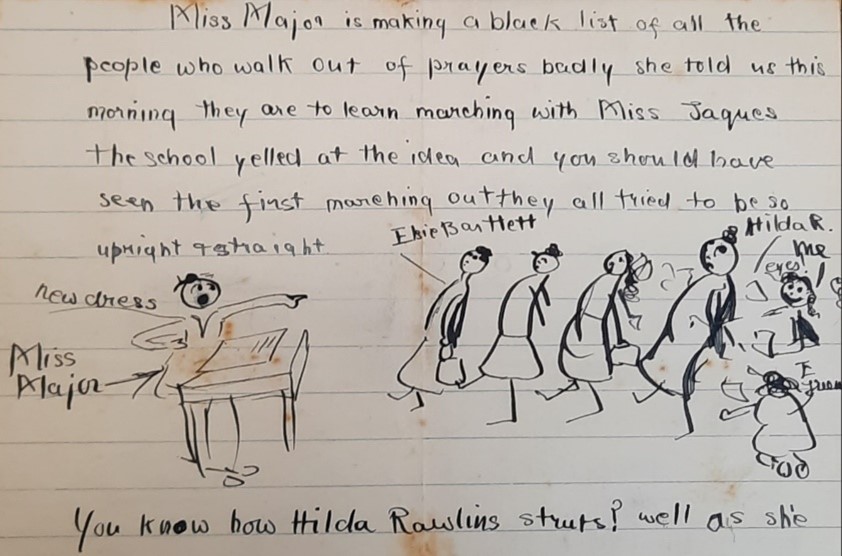
Extract from a letter from Christine Savery, KEHS student, to her sister in Oxford, 1917
At the beginning of day three we went into the archive and retrieved the documents I’d selected to photograph and post on Twitter. This included some great cartoons by Five Ways students in the 1980s of their Headteacher, and for #FamilyDay some letters from a KEHS student to her sister in Oxford which contained a great illustrative story about some accidental chaos she had caused at school. I wrote up the tweets to go alongside the documents, ready for Rachel to post on the relevant days. So far, the posts have garnered nearly 800 views. Then after lunch I repackaged documents from a Camp Hill Girls scrapbook into acid-free, archive-friendly melinex sleeves, which allow the documents to be clearly viewed whilst protecting them from fingerprints. I then did the same with photographs from Handsworth Girls showing various scenes from their jubilee celebrations in 1933.
On day four, I continued with repackaging by doing some destapling. Staples rust over time, leaving brown marks and weakening the surrounding paper, so I carefully removed them and replaced them with brass paperclips. I put on some music to drown out the screams of the staples being torn from their burrows and made my way through the documents, resulting in a pile of the broken remains of half-rusted staples building up on my desk. Then after I had a very large lunch and the ritual jelly, I began sorting the newly acquired student admission cards for King’s Norton Boys into alphabetical order, during which I came across some cool and hilariously sad names. I got over halfway through and left the rest for the next morning.
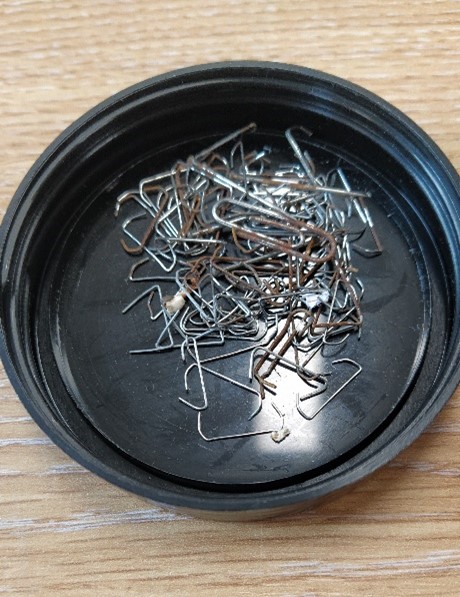
On the final day I continued sorting the admission cards and finished off some other jobs from earlier in the week. Then after lunch I began writing this very blog, spending too much time trying to apply GCSE English language skills I had long forgotten.
I turned out to thoroughly enjoy my time at the KEVI Foundation archive, particularly because of Charlotte and Rachel’s help and kindness, and my keen interest in almost all things historical. This experience has revealed career possibilities I hadn’t previously thought of and has been exceedingly fascinating. I’m grateful that I was able to complete my work experience here, and that Rachel and Charlotte were there to guide me, as well to the jelly which helped me through the day.
